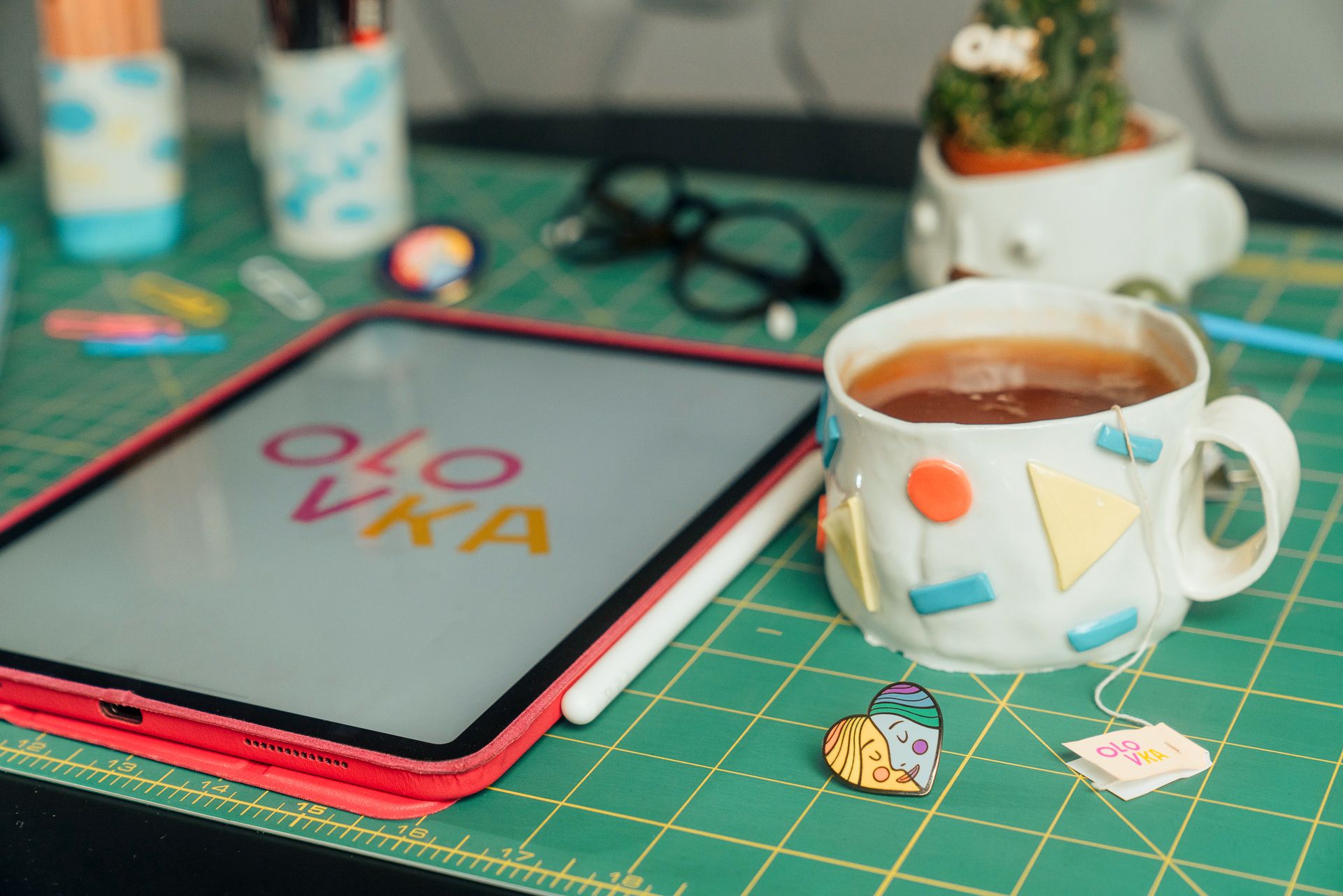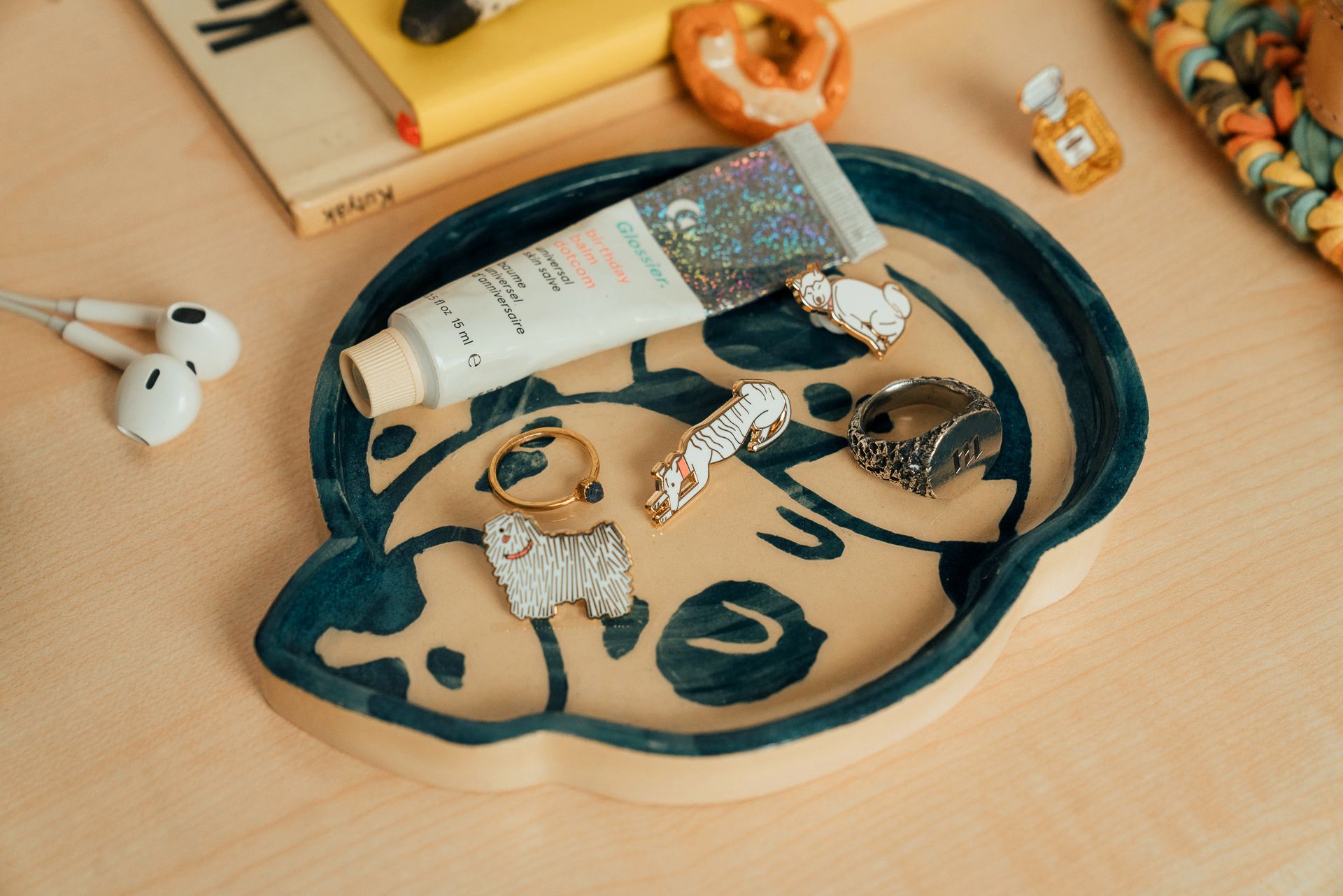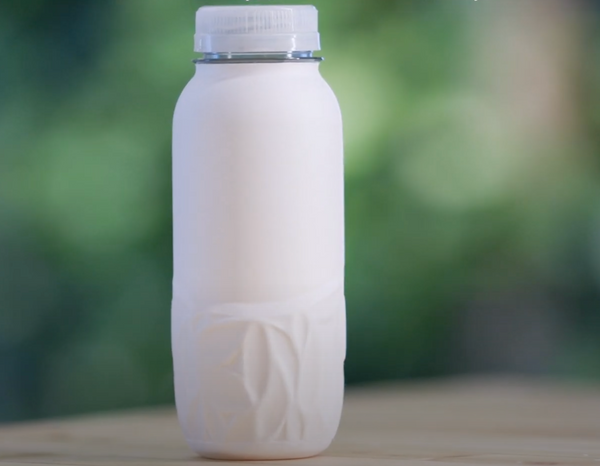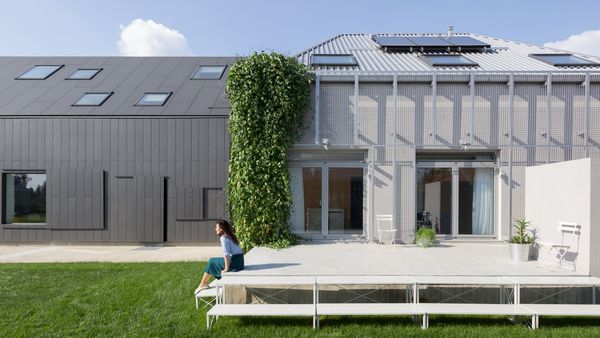Ramóna Udvardi launched the POPpins brand in 2015, which, staying true to its name, captured various elements and topics of pop culture in the form of bold pins. POPpins allowed us to pin Taki bácsi, a character from the popular Hungarian television series Szomszédok, or ‘sajtburesz’, the catchphrase coined by Tamás Kenderesi on ourselves. From now on, POPpins will continue under the name OLOVKA Studio: even though the name goes, the pin will stay. And what else should we expect? We asked the founder of the brand.
For years, POPpins equaled bold, cool and high quality for many. There was always a well-chosen popular, mainstream topic that was portrayed on the pins, but this never meant that you had to compromise in terms of quality, that is: the brand never became lame or cheesy, even though it is a quite real hazard of the genre. How do you see the past five years of the brand? How difficult was it to hold your ground in this genre as a Hungarian brand?
When I found the pin community on Instagram (quite small at the time) in 2015, I instantly knew that I wanted to be a part of it and design new wave pins. A few bigger and smaller foreign brands have already been on the market before, but I could somehow sense that the entire community was about to blow up and more and more designers would emerge every day. At the time I thought many small businesses will sell pins in Hungary, too, and I wanted to become the first in the line. And I succeeded with this so much that even though a few Hungarian designers (including Csaba Klement, Judit Török and Bomo Art) started making pins, POPpins is the only Hungarian brand with pins as its main profile to this day.

The absence of the pin revolution in Hungary benefited me with a not-intended monopoly, even though I would have been happier if it had gone another way. As I only do POPpins as a second, part-time job, it has always been on the edge between a hobby project offering creative fulfilment and a profitable business depending on how much time and energy I could dedicate to it. I would like this to be my full-time job at some point – I’m not there yet, but I think I’m on the right track.
Many things happened with POPpins over the past years. You released countless of your own designs, but you also collaborated with others, including your collection with Madzag Dog. Moreover, you even designed a pin series for the Museum of Fine Arts. Which of your projects are you the proudest of?
Out of my own-designed pins, my favorites are undoubtedly the “Lady Boss” and the “Pride” ones. Creating objects with an important message feels fantastic, as it allows their wearers to communicate their values to the outer world. In the case of the collaborations, it would be hard to pick only one, but I will always be grateful to Viola Varga for making it possible to get my objects into the Hungarian National Gallery at the age of 28. Even if they only made it to Museum Shop on the ground floor.

Something that has always been a bit challenging is the Christmas product line, because I only have a few weeks for it, not to mention that pins lose their relevance. I tried to overcome this challenge two years ago with a series of classic gifts – mugs, perfumes, socks, wine –, in the case of which I tried to create pins that can be worn in all four seasons and that also feel like Christmas at the same time. I packed these pins with a sarcastic postcard, but the serving may have just been a little bit too cranky, because these pins sell better in the rest of the year, with a basic card.
“The name goes, the pins stay, and will be joined by many new customizable products” – you said in a Facebook post in October in relation to the big announcement. Tell us a bit about what has led you to the decision of reinventing POPpins and continuing under the name OLOVKA studio? What else will change in addition to your brand name?
When I started POPpins, I gave five years to the pins in my head, but I’m happy I was proven wrong and people still like them. I on the other hand have changed a lot over the past years and started to work on many other things in addition to designing pins –by which I mean establishing my career as a freelancer. In addition, I also fell in love with ceramics. Even though I love the name POPpins very much, I felt that its meaning is strongly associated to pins, which only represent a small part of me today. This is why I finally decided to go for the expansion and reorganization while also changing the name.

As POPpins was already a personal brand, reflecting my values, interests and angle, this will not change in the future. I will continue to do the majority of the tasks myself, from customer service to invoicing, but Lilla Dékány joined me in November last year, who, in addition to being my right hand, helps me in managing our social platforms and community management.
What products can we expect from OLOVKA Studio?
In the first round, my product palette will be expanded with ceramics, and later on I’ll also add paper products. With OLOVKA, I also wanted to allow myself to do practically anything I want while still fitting into my brand – this is why it is called a Studio. Previously I couldn’t take on unique orders with a small item number due to the technological limits of pin making, but I hope in the future I will get many enquiries for unique illustrations, ceramics products and other personal gifts.

Photos: Bendegúz Csizmadia
OLOVKA Studio | Web | Facebook | Instagram

70’s architecture in a turntable

Coca-Cola introduces a bottle partly made of paper










